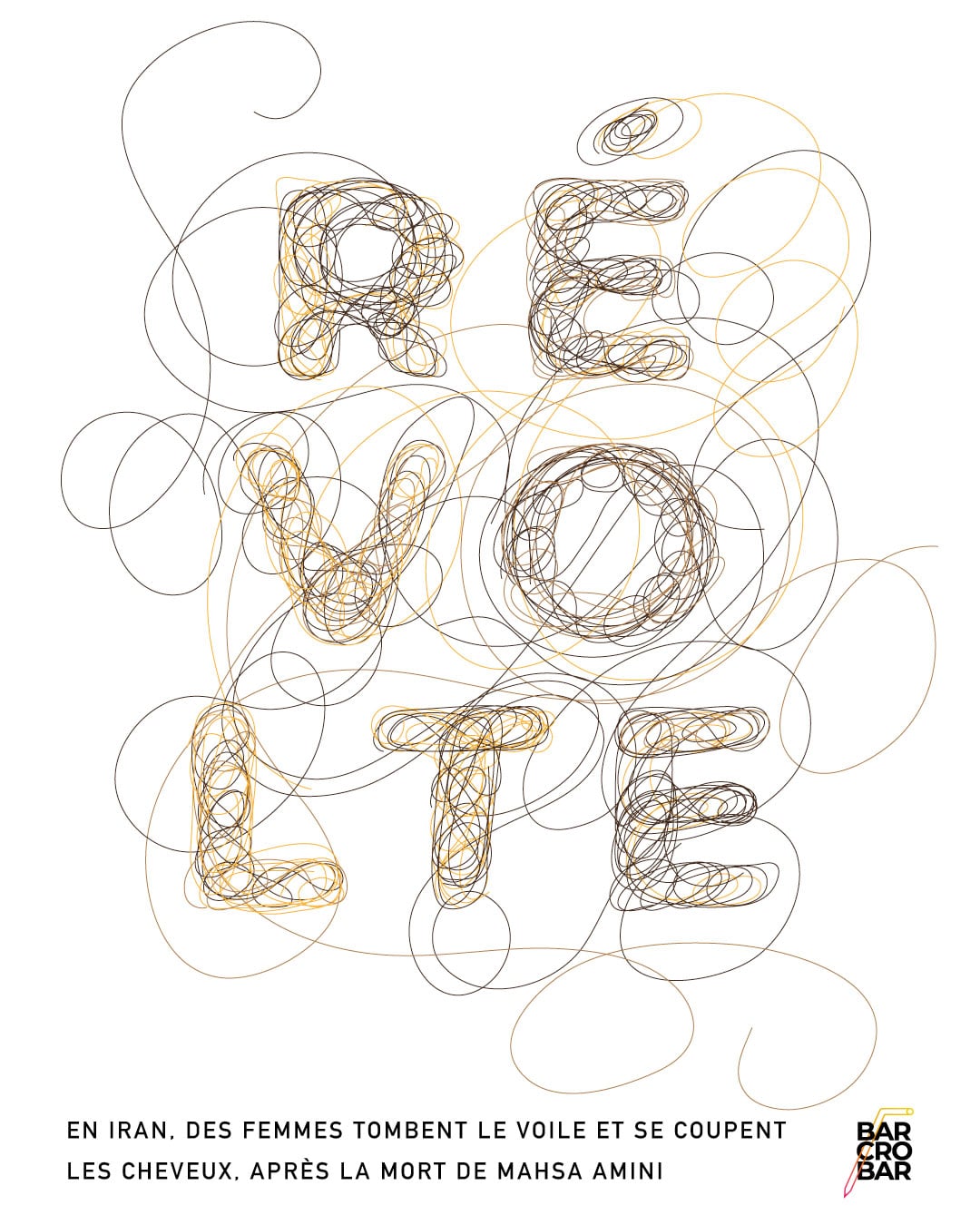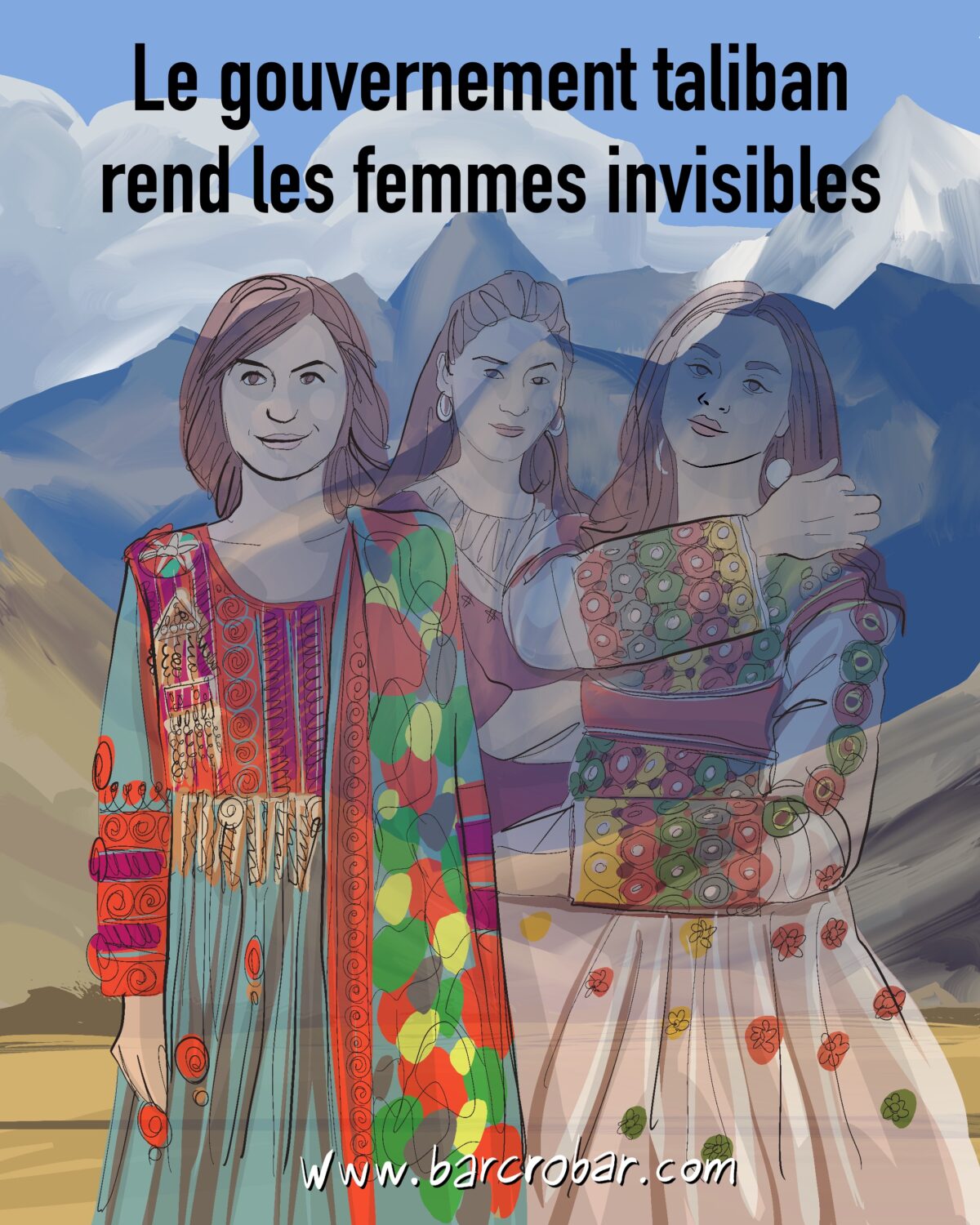The authorities have arrested 450 new demonstrators in northern Iran, where more than 700 people have already been arrested for taking part in protests against the death of a young woman detained by the morality police, official media reported on Monday.
Protest movement
"During the unrest of recent days, 450 rioters have been arrested in Mazandaran," said the province's attorney general, Mohammad Karimi, quoted by the official Irna agency. On Saturday, the authorities reported that 739 demonstrators had been arrested, including 60 women in Guilan, Mazandaran's neighbouring province in the north of the country.
The demonstrations began on 16 September, the date of the death of Mahsa Amini, who had been arrested three days earlier in Tehran for "wearing inappropriate clothing" in the Islamic Republic, where the dress code for women is strict, in particular the wearing of the Islamic veil.
The protest movement spread to several cities in the country, where demonstrators shouted anti-government slogans, according to local media. "Over the past few days, rioters have attacked government buildings and damaged public property in some parts of Mazandaran under the direction of foreign agents", he said.
No leniency
On Sunday, the head of the judiciary, Gholamhossein Mohseni Ejeï, threatened to show "no leniency" towards the demonstrators and called on the security forces to act "firmly" against "those who undermine security".
According to a non-detailed official report, including demonstrators and police, 41 people have been killed in ten days of protests. But the toll could be higher, with the Oslo-based NGO Iran Human Rights (IHR) reporting that at least 57 demonstrators have been killed.
On Monday, the Tasnim news agency published around 20 photos of demonstrators, including women, in various streets of Qom, an important Shiite holy city around 150 km south of the capital. The military and security institutions published these images of the "riot leaders" and called on residents to "identify them and inform the authorities", the agency added.


